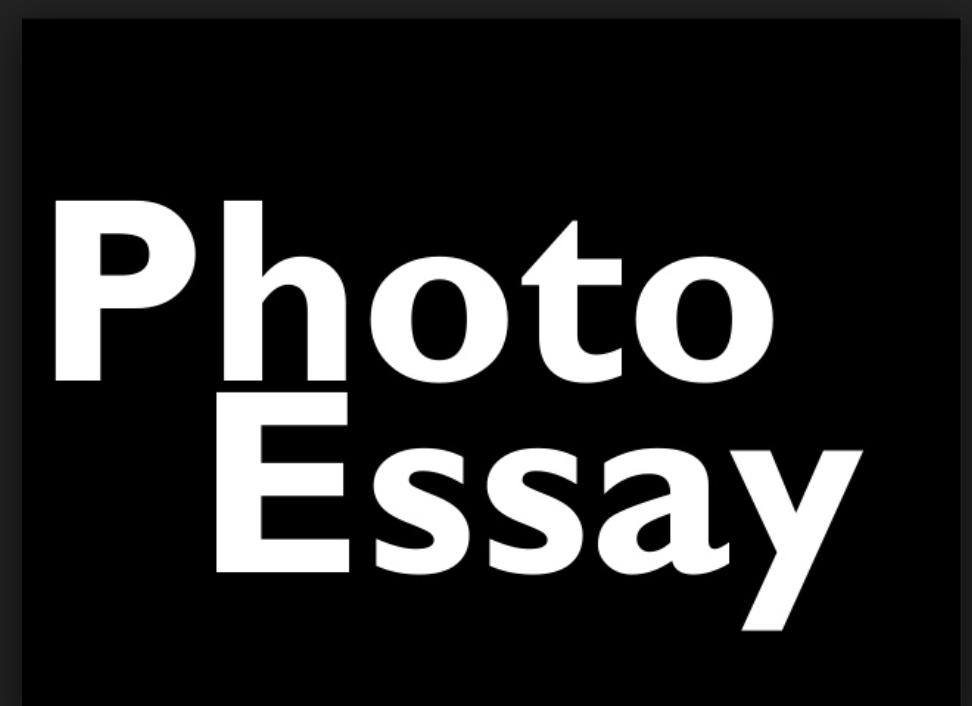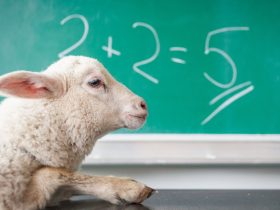The photography development along with social networks trends have raised again the popularity of life capturing via photos. This kind of storytelling of any event can be even more informative than others for the audience in the exterior and emotional attributes if it’s completed by the professional. A photo essay is an ordered in a particular way collection of images made to narrate about occasions and feelings that connected by a place, time, participants, etc. And reflect photographers’ reasoning basis of its creation.

Photo essay completion approaches resemble written academic paper ones. You should just interpret precise wordings into imprinted shots, a deliberate structure into a thoughtful photo order, a competency statement into impressive photos and flawless spelling into sharp focus. As any written paper, this one also should be self-sufficient, persuasive, authentic and unique. But on this occasion, you can’t clarify the work goal and meaning with simpler words or additional references. You should appeal in the universal language of the senses and signs to deliver your message. It shouldn’t be obligatory unethical that makes this material representation type more creative and omnibus. To complete this task with an A-grade result, you should have at your disposal developed skills, appropriate remedies and, of course, inspiration.
The primary attribute is optional if you still study. The second one can mean either a wide range of hi-fi equipment or your favorite small digital camera as long as you can ensure the acceptable quality. And to obtain the last one everyone has one’s own way. It can be others works browsing, music listening, long walks, etc. Everything is in place? Proceed to the review and application of the following tips to provide the conditions for the effective photo session and its desired results.
1. Define the topic
Any good story requires a clever idea, a theme and a plot thread. In visual narration, all these aspects come together in a way. That’s why if the topic is not obligatory opt for the one you will be moved by and really care about. Albeit you are behind the camera, your emotions towards the subject will be imaged on your snapshots.
2. Explore and research
To assure that your audience will grasp the concept without an itemized context you should be familiar with it. Directly jumping to unknown circumstances might not stand in the way of the quality photos making but the story statement won’t appear as smooth and relevant.Explore events or persons’ origins; figure out possible settings like weather, location features, acceptable shots taking time; research the topic details, related stories, standpoints, etc. Immerse yourself into the situation to find additional sources of inspiration.
3. Plan your statement
You can’t always guarantee the content of your photos especially if you’re about to capture a dynamic event. But it doesn’t mean that you can’t outline it and determine what ideally should be presented on each shot and how considering the target tale development.Your planning should also concern the photoshoot outlook, emotional toning and style that will help with lightning and coloring selection.
4. Make rough copies
Any moment is unique. Every second has its meaning. Make several draft photos of preferable foreshortenings the best of which will become parts of your essay.Consider the story framework and consistency while shooting. Not staging settings will alter with time and if you miss the particular moment, it can be hard later to pull the essay together.
5. Main body formation: avoid standards but not ethics
Any paper writing starts with the statement completion, but on occasion of the visual task implementation, you are not limited to the particular order. The primary goal is to present the observing subject entirely from the chosen angles.The process planning doesn’t imply that the concept and actions attributes can’t be forcibly changed on the spot. Written materials and based on them theories can’t fully embrace all occasional environmental aspects. Don’t be frustrated when something doesn’t go your way. Instead, think about how you can use that to your advantage.The actual settings might help to discover new situation components and induce the evolvement of the initial brainchild. Don’t hold that back.
The improvisation fills photos with the life they try to mirror vividly while the existence of elaborated compositions is hard to hide.Always attempt to contribute something new especially to the typical conditions. Be original but don’t overdo, so that will appear as artificial and tatty.If you’re capturing portraits or secluded events of unfamiliar people, assure that they don’t mind your actions. Thoughtfully tiptoe the privacy line even if you’re wearing a journalist’s badge.
6. Review and format
This stage of the photo essay completion might occur even more morally exhausting then sticking your text content into the determined pattern and correcting grammar. You will be faced with the following daunting tasks:
- Selecting. Pick the best shot of each series. Keep other ones for possible revisions.
- Polishing. Edit photos with specialized software to attain the needed look.
- Structuring. Define the introductive, key and conclusive images. Verify that you canreadthe story.
- Naming. Find a fitting and concise appellation for your work. Optionally add a short description.
- Protecting. Employ a unique mark to protect your content copyright if you’re about to share it on the Web.
- Reviewing. Ask friends or relatives to proofread your essay. Consider reworks basing on their comments. Don’t be afraid of the failure, showing your ideas and realizing risky projects. Fears will only bound your creativity and slow down the studying process. Follow the professionals’ works and world trends, expand horizons, extend knowledge and learn innovatory techniques to deliver quality and meaningful art projects and receive the intended message comprehension and appreciation from the audience.








Leave a Reply